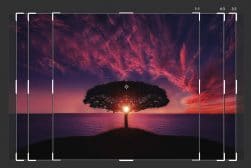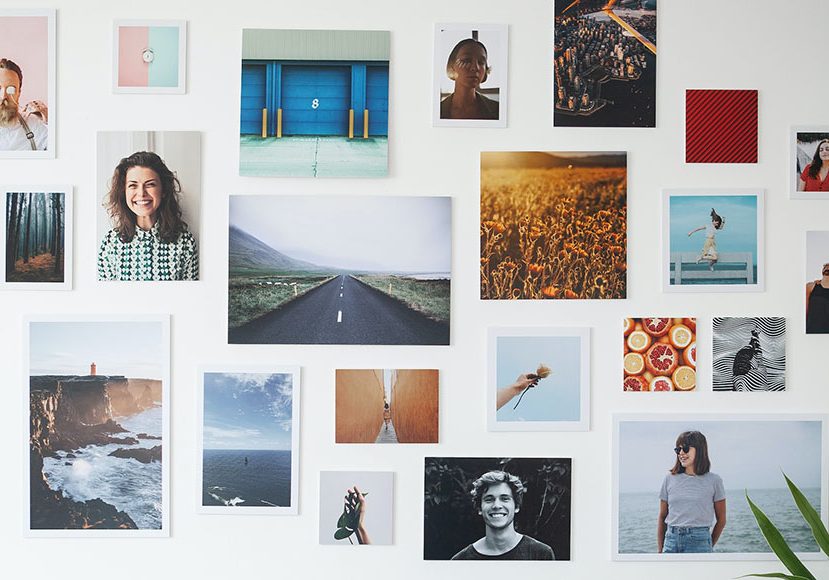
All Standard Photo Sizes To Know for Printing
Learn everything you need to know about standard photo sizes for print, including aspect ratios and tips for choosing the right print size for your photos.
Shotkit may earn a commission on affiliate links. Learn more.
Understanding standard photo sizes for print can often seem like navigating a maze of numbers and ratios.
But don’t fret! In this guide, we’ll break down everything you need to know, from understanding aspect ratios to choosing the perfect size for your favorite shots.
By the end, you’ll have a clear picture (pun intended!) of how to bring your digital memories to life in the best way possible.
So, let’s dive in.
What Are Photo Print Sizes & Why Do They Matter?

Credit: Squared One
Whenever you capture a moment with your camera or smartphone, you’re left with a digital image. But there’s something special about transforming that digital image into a physical memory – a printed photo.
Photo print sizes refer to the dimensions (width and height) of this physical print.
So, why does the size matter? Here’s why:
- Purpose: Are you creating a pocket-sized photo album, framing a portrait to adorn your living room wall, or putting together a professional portfolio? The size you choose plays a role in how effectively your photo serves its purpose.
- Aesthetics: Different sizes can change how a photo feels. A larger print can draw more attention and emphasize details, while smaller ones can be quaint and personal.
- Space: Where you intend to display the photo matters. You wouldn’t want an oversized print in a small room or a tiny print on a vast wall – it might look out of place.
- Cost: Printing a photo isn’t just about the image. It’s also about the material it’s printed on. Larger prints typically cost more, not just because of the added material but also due to the specialized equipment needed for large-scale printing.
Photo print sizes are about more than dimensions. They are decisions that shape the way we preserve, present, and perceive memories.
How to decide what kind of photo paper to use? These guide will help you: Lustre vs glossy prints and glossy vs matte prints.
The Basics of Photo Dimensions
When discussing photo dimensions, we’re referring to width and height. But there’s a deeper element that often determines how those dimensions are perceived, and it’s called the aspect ratio.
What is Aspect Ratio?
Aspect ratio is a term that describes the relationship between the width and the height of an image.
When you see it expressed, such as 4:3 or 16:9, it’s representing that relationship. For instance, in a 4:3 ratio, for every 4 units of width, there are 3 units of height.
It’s a way to define the shape and proportion of the image without specifically stating its exact dimensions.
Why is Aspect Ratio Important?
Understanding and choosing the right aspect ratio is crucial because it impacts the overall composition and feel of the image.
An image’s proportion can greatly affect how subjects within the frame relate to one another and how the viewer perceives the overall scene.
Moreover, when you resize or print a photo, maintaining the correct aspect ratio ensures that your photo is displayed as intended.
If you’ve ever seen a photo that looks stretched or squished, it’s likely because its aspect ratio wasn’t preserved during resizing or printing.
With these foundational concepts, it becomes easier to appreciate and select the appropriate dimensions and aspect ratios for different photographic purposes.
Common Aspect Ratios in Photography
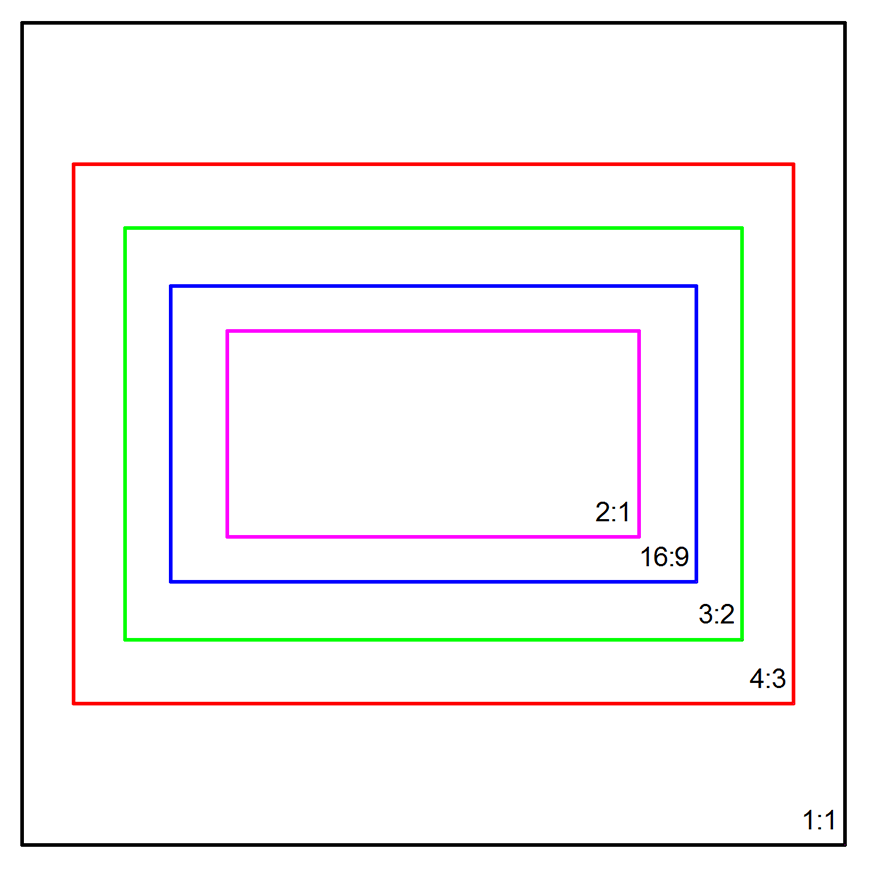
Bautsch, CC0, via Wikimedia Commons
- 3:2: Standard for most DSLR cameras and ideal for 4×6 inch prints. It’s a classic choice that offers a natural look to portraits and landscapes.
- 4:3: Used frequently in point-and-shoot cameras and smartphones. This ratio matches the look of a standard TV screen, making it familiar to many viewers.
- 1:1: Essentially a square, this aspect ratio has grown in popularity due to social media platforms like Instagram. It gives a balanced, symmetrical feel to photos.
- 16:9: A widescreen format that resembles the shape of modern TVs and cinema screens. It’s particularly great for capturing expansive landscapes or panoramic shots.
- 5:4: Often chosen for 8×10 inch prints, this ratio is slightly more square than 3:2 but less so than 4:3, offering a versatile middle-ground for various photographic subjects.
Remember, when choosing an aspect ratio, think about how you want to share or display your photo. Whether it’s on social media, in a frame, or in an album, the right ratio can make your picture perfect!
Standard Photo Print Sizes
When you hear photographers or printing professionals talk about photo print sizes, they often refer to them in inches.
How Much Do You REALLY Know About Photography?! 🤔
Test your photography knowledge with this quick quiz!
See how much you really know about photography...

This measurement defines the width and height of the printed image. The choice of these dimensions is influenced by various factors, from historical photographic practices to the standard paper sizes available.
The term “standard” in standard photo print sizes implies that these sizes have become commonly accepted and widely used in the photography and printing industries.
Whether you’re picking a size for a family portrait, a landscape shot, or just a casual snap, there’s likely a standard size that fits the bill.
Here are a few reasons why these “standard” sizes have become so popular:
- Convenience: These sizes are readily available in most photo labs and print shops, making it easy for photographers and consumers alike.
- Cost-Effective: Because they are so commonly used, standard sizes tend to be more affordable than custom sizes.
- Compatibility: Frames, photo albums, and other photo-related accessories are often designed with these sizes in mind.
- Consistency: By adhering to these sizes, photographers can maintain a consistent look and feel in exhibitions, portfolios, or any collection of prints.
Now, while digital photography has added flexibility to the dimensions we can choose, these standard photo print sizes in inches remain a go-to choice for many due to their widespread acceptance and availability.
- Related: How big can you print a photo?
What Are The Most Common Photo Print Sizes?
- Wallet Prints:
- 2×3 inches: Ideal for small albums, keepsakes, or to share with friends and family.
- Common Sizes:
- 4×6 inches: One of the most popular sizes, often used for vacation photos and family snapshots. (See also: 4×6 vs 5×7 – Which Photo Size is Best?)
- 5×7 inches: Slightly larger and perfect for framing, this size offers a bigger view of the subject without taking up too much space.
- 8×10 inches: A favorite for portraits and framing, it’s large enough to showcase details without dominating a wall.
- Medium Prints:
- 11×14 inches: Ideal for wall displays, especially in homes or small exhibition spaces.
- 16×20 inches: Offers a larger view, suitable for detailed photos or to be the centerpiece of a photo wall display.
- Large Prints:
- 20×24 inches: Typically used for detailed artwork or photography that serves as the focal point of a room.
- 24×36 inches: This size is often used for posters, large artwork displays, or landscape photography.
- Related: Where to Print Large Photos & Posters Online
How to Convert Pixels to Print Sizes
In the digital age, our images often start as pixels on a screen. But when it’s time to transform those digital images into photo prints, understanding the relationship between pixels and print sizes becomes essential.
Here’s what you need to know.
Pixels Per Inch (PPI)
PPI, or pixels per inch, defines the resolution of your printed photo. In general, a higher PPI will result in a clearer and sharper photo print. Commonly, a PPI of 300 is considered optimal for photo prints.
Calculating the Best Photo Print Size
To determine the best photo print sizes for your digital images, divide the image’s pixel dimensions by the desired PPI. For instance, an image that’s 3000 pixels wide and set at 300 PPI would translate to a 10-inch wide print.
The Influence of Aspect Ratio
It’s also vital to remember that the aspect ratio of your digital image should match the aspect ratio of your chosen print size. This ensures the image isn’t unintentionally cropped or distorted during the printing process.
Software
Many photography software programs and apps can assist in determining suitable photo sizes based on your image’s pixel dimensions, ensuring the clarity and integrity of your photo prints.
- Related: How to Resize an Image for Printing
5 Tips for Choosing the Right Photo Size
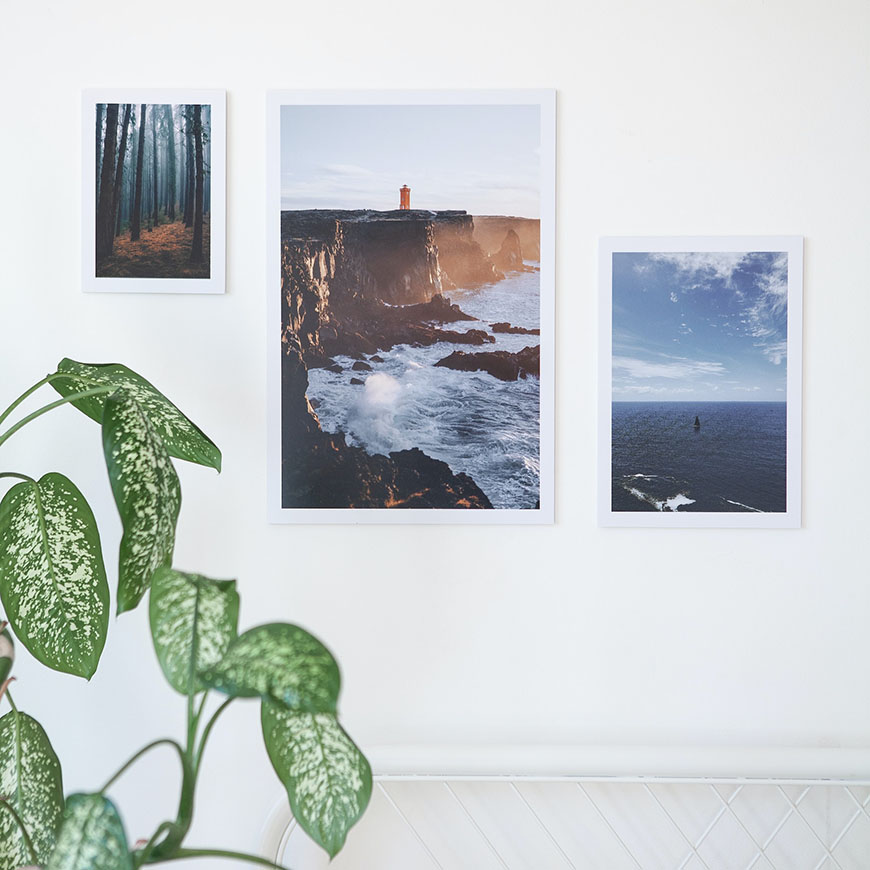
Credit: Kristyna Squared One
Picking the ideal photo print size isn’t just about fitting a frame or filling a space on your wall. It’s about ensuring that your memories and moments are presented in the best possible light.
1. Standard Photo Sizes
While there’s a range of standard photo sizes available, each has its unique charm and purpose.
For instance, 4×6 and 5×7 inches are popular for family snapshots, whereas larger sizes like 11×14 or 24×36 inches might be reserved for special occasions or landscapes.
2. Image Quality
Before deciding on a print size, always consider the image quality. Digital cameras these days capture high-resolution images, but even they have their limits.
Printing images larger than the resolution supports can lead to pixelation or a loss of detail. Always ensure your photo prints will be sharp and clear, no matter the size.
3. Digital Images vs. Photo Prints
While digital images offer flexibility and convenience, there’s an unmatched appeal to physical photo prints. They bring a tactile and lasting quality to memories.
Whether they’re being framed or added to an album, understanding the right photo print size can make a significant difference.
4. Framed Photos
If you’re thinking of framing your photos, the frame’s size and style play a crucial role. A larger photo might need a sturdier, more dominant frame, while smaller prints could benefit from slender, delicate frames.
Always consider the overall aesthetic and where the framed photo will be placed.
5. The Influence of Digital Cameras
Today’s cameras offer immense versatility. From adjusting aspect ratios to selecting resolution, you can often decide how your image will look even before printing.
By understanding your camera’s capabilities, you can ensure that your photo print size matches the quality and dimensions of your digital images.
Framing and Display Considerations
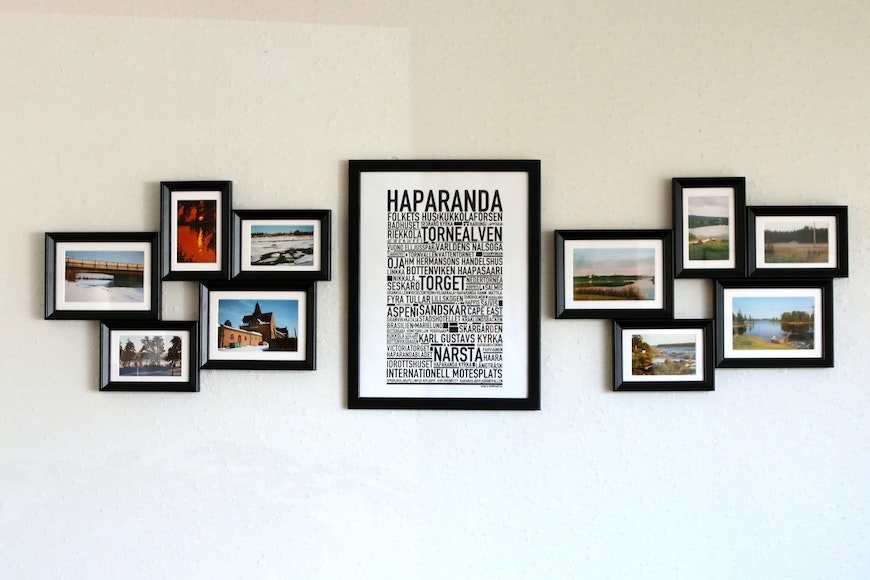
Credit: Aleks Magnusson
When it comes to showcasing your photos, framing can elevate their appeal and protect them from wear and tear. But it’s not just about finding any frame – it’s about choosing one that complements your photo prints both in size and style.
Standard Photo Sizes and Frames:
Most frames available in stores are tailored to standard photo sizes. This makes it easier to find a fit for popular photo print sizes like 4×6, 5×7, or 8×10 inches.
Remember, the frame should enhance, not overshadow, the photo within.
Mats and Borders:
Sometimes, photo prints are paired with a mat – a border that surrounds the photo inside the frame.
Mats can accentuate colors in the photo, provide contrast, or simply add a touch of elegance.
Ensure your chosen photo sizes take into account any additional matting.
Placement and Lighting:
Once framed, consider the placement of your photo prints. A photo’s impact can change based on lighting and its surrounding environment.
For instance, a large framed photo might become the centerpiece of a room, while smaller prints can add intimate touches to cozy corners.
Standard Photo Sizes FAQs
What are common photo print sizes?
Common photo print sizes are measurements like 4×6, 5×7, and 8×10 inches. These sizes are widely used for everyday snapshots, while larger sizes like 11×14 and 16×20 inches are popular for portraits and wall displays.
What aspect ratio is best for printing photos?
The ideal aspect ratio for printing photos depends on your desired output and the source of the image. Traditional film photos often use a 3:2 aspect ratio, which fits perfectly for a 4×6 inch print. Digital cameras and smartphones, on the other hand, frequently use a 4:3 aspect ratio. Choosing the best aspect ratio is about matching your image’s ratio to the print size you desire.
Is 16:9 a standard photo size?
No, 16:9 is more typical for widescreen displays, although it can be used for specific print sizes.
What is 4×6 inch photo size in cm?
A 4×6 inch photo size is approximately 10.16 x 15.24 cm.

Check out these 8 essential tools to help you succeed as a professional photographer.
Includes limited-time discounts.






